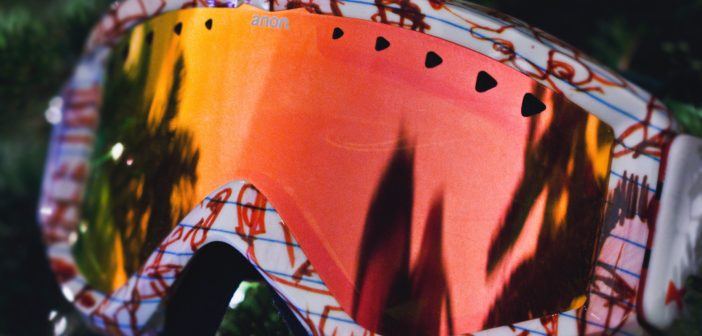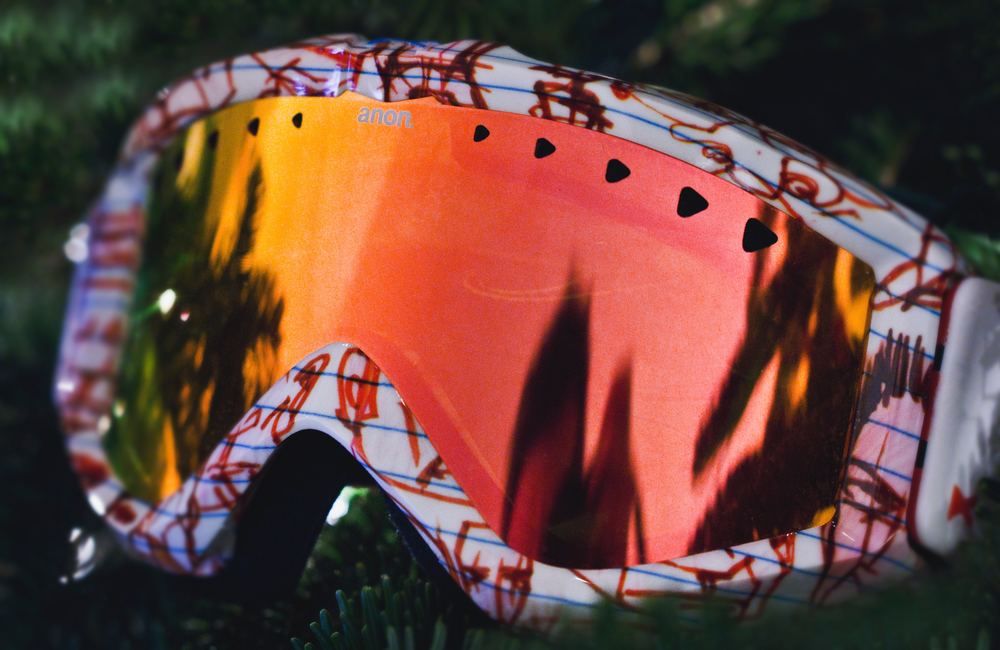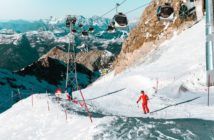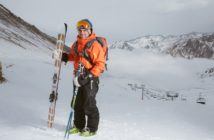It’s that time of year – when the slopes are full of snow and packed with people, and you want to get in on that action before the season is over. But you have a small problem: your glasses.
If you only wear glasses, you run the risk of losing them on that black diamond you’ve been seeking all year – or even breaking them!
Furthermore, stopping to fetch them is going to be more of a hassle than they’re worth (maybe). On the other hand, you need them in order to see the slope at all! So, what’s there to do?
Luckily, you have a few options!
Contents
Ski Goggles That Fit Over Glasses (OTG)
OTG, or Over the Glasses, Goggles are a fairly popular accessory among those that enjoy all manner of sports, but who also need to wear their glasses.
It should be noted that most reputable pairs of these Over the Glasses styles will say just that: OTG. Without that endorsement by whichever manufacturer you choose, you may be getting a knock-off set of ski goggles.
Those might be large enough to fit over your glasses, but will not necessarily be streamlined to the act of remaining secure on your face during rough moments. You could suffer bent frames, unnecessary lens scratches, or even a broken pair of glasses!
Luckily, there are websites like OTG-goggles.com that give a yearly review of all the best styles of OTG glasses, as well as their pros and cons, with details like price and lens shape.
If you’re going to choose this option, do your research – one good investment can save you years of hassle!
Prescription Ski Goggles
The second and equally popular option, which ski and snowboard enthusiasts prefer, is ditching the regular glasses altogether and instead going for a pair of prescription ski goggles.
While this is a viable option (and for many reasons, even better than getting a pair of OTG goggles), it should be noted that they usually run a little pricier than the OTG option.
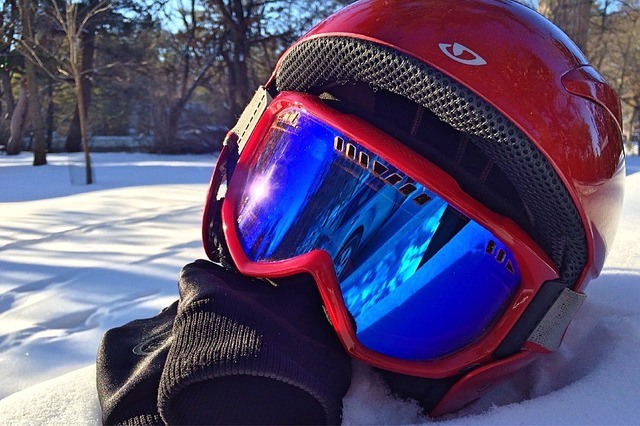
Unless you plan on doing some professional skiing, or are sponsored, choosing the OTG option is not at all something to be ashamed of.
That being said, here are some things you should consider when looking at prescription ski goggles.
First, Consider the Manufacturer
There are a ton of options out there for prescription ski goggles. Companies like Dragon, Smith Optics, Anon Optics, and VonZipper are just a few of the best names in prescription goggles.
All of these manufacturers, listed or not, are constantly improving the technology that goes into making skiing and snowboarding with a prescription into a viable route.
So, don’t be afraid to do some research and really zero in on who’s got the best of the best in the market.
Consider the Lens Type
Prescription ski goggle lenses come in two main types: cylindrical and spherical.
Generally speaking, cylindrical lenses will be fairly flat, and as such, they tend to allow a little more glare into your eyes – thanks to having a larger surface area upon which the sun shines, be it from the sky or the bright white snow you’re playing on.
This, in turn, allows more UV rays to penetrate the goggle. Additionally, flat goggles mean there is a higher risk of fogging thanks to the reduced area between your face and the lenses themselves.
As a side-effect to this natural distortion, you may have some weird angles in your vision near the peripheral edges.
If you need to stay kind to your wallet, however, and still want a pair of prescription goggles, they’re generally cheaper than the alternative: spherical lenses.
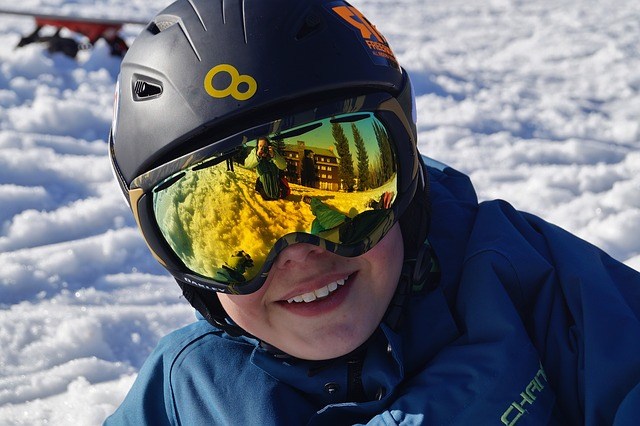
Spherical lenses go in the opposite direction. The glare is improved upon thanks to the bubble shape of the lens; the curvature reduces fogging, and the tapered edges allow for your vision to stay as natural as possible.
If you have a few dollars to spare and plan on doing a lot of skiing or snowboarding, you might consider them the better option.
Consider the Tint
Skiers and snowboarders alike know that the weather works in mysterious and often unpredictable ways.
Having the ability to account for their changes in temperature and brightness could mean the difference between a long and happy day of skiing, or a short and sad glide from the bunny hill.
When you consider goggles, both OTG and prescription, make sure you account for the tint of the lenses themselves.
If you know it’s going to be bright, wear a darker lens. If the conditions are going to be medium or lower brightness, consider a copper, rose, or brown tint with little to no mirror.
Alternatively, you can invest in a pair of photochromatic lenses. These will try to accommodate your sight, whether it’s bright and sunny outside or foggy and dim.
Here’s a video showing examples of prescription ski and snowboarding goggles.
Final Thoughts
Whether you intend to play in the snow for one season or ten, remember to keep your eyes protected.
You should never have to ditch a day of fun because you’ have a pair of specs on your face. Embrace them, and instead, consider your options, and have some fun like the rest of the world!

